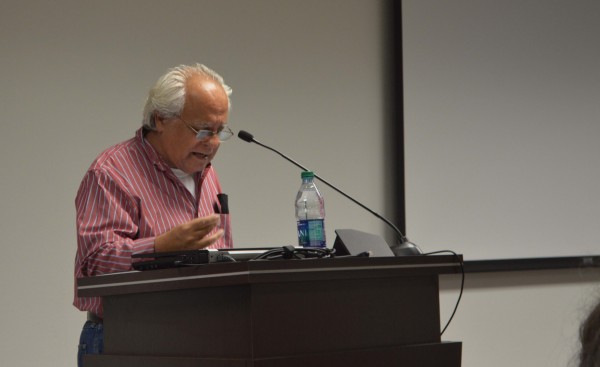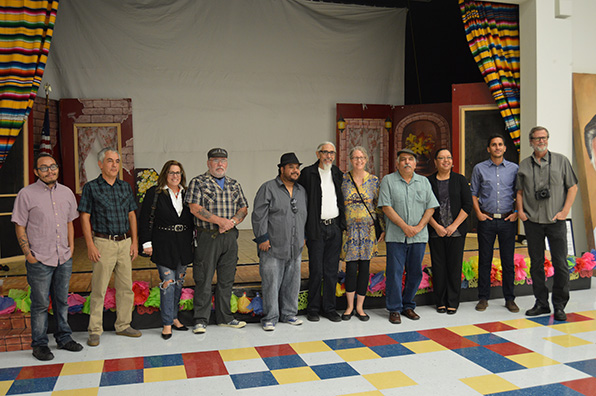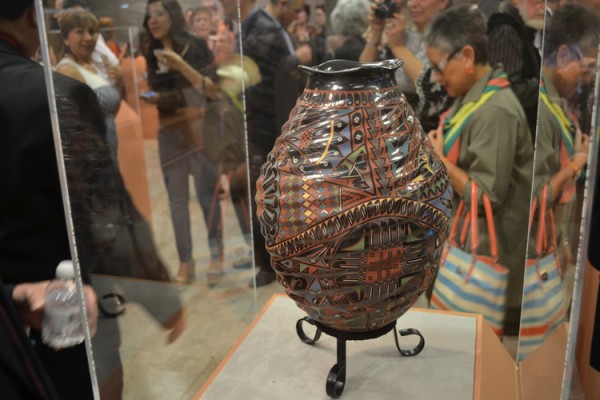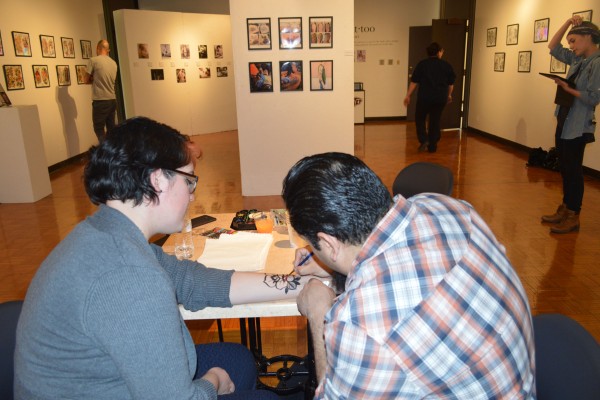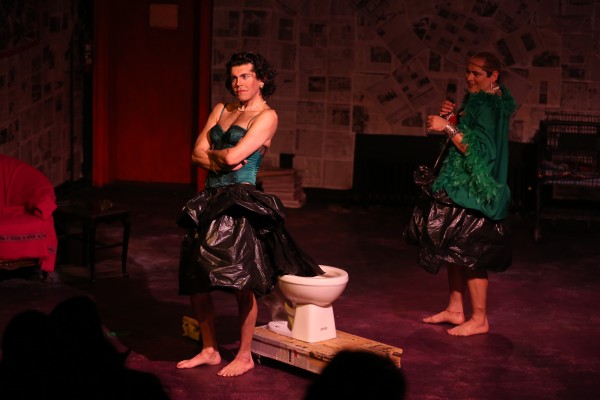La gran poesia debe de comunicar y trasmitir emociones, señala premiado poeta español
|
EL PASO — El pelicano atisbando su pez desde las alturas se desploma como una flecha cayendo al agua y se transforma al mismo momento en la imagen de la madre del poeta cuando estaba ella en coma. Los intensos momentos de la vida de Fernando Valverde emocionan e impactan sus versos. Al escribir poemas, Valverde, 35, dijo que trata de expresar los mismos momentos como el que describe en su poema “La Caída” en donde la imagen del pelicano es se convierte en la de su madre. “La poesía tiene que comunicar”, dijo el poeta catedrático. “Hay que estar pendientes de la realidad, del mundo y tratar de contarlo lo mejor que uno sepa sin perderle el respeto a la poesía en favor de un falso prestigio académico que no conduce a ninguna parte.”

